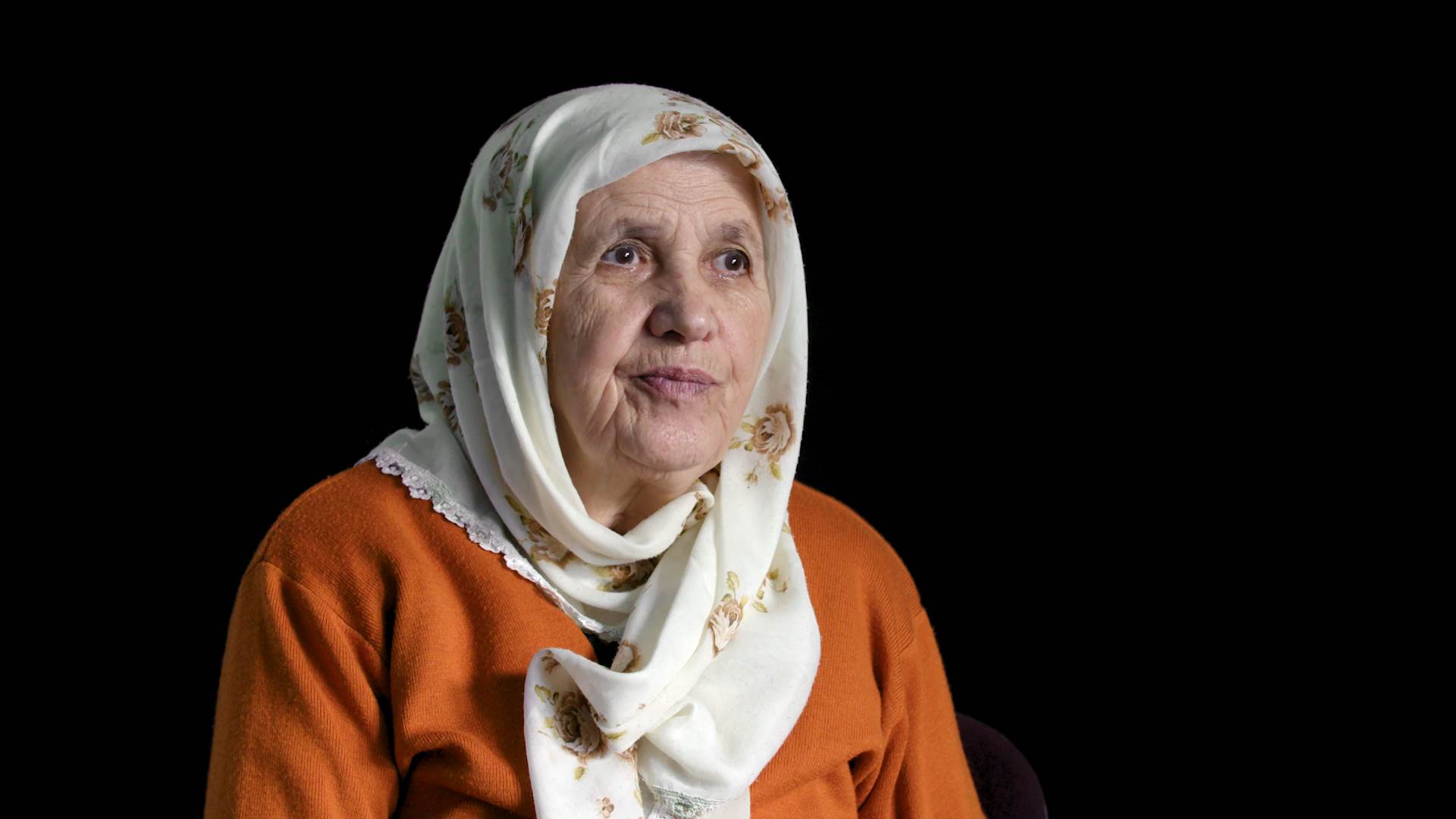This post is also available in: Bosnian
Three sons of Asima Memic were in a convoy of Bosniak citizens that left Serb-held Prijedor for Travnik on August 21, 1992. One of them, Asmir, then 29, was never seen again. Her quest for her missing son has lasted for 18 years, though her only hope now is to find his remains and finally bury him.
Last year, when they were exhuming bodies, they found the lower part of his leg, she told BIRN – Justice Report. He was such a big lad but only the leg was found. If I can find at least half of his body, to bury him while I’m still alive, it would be easier for me, she adds. But so far just problems, problems … it is impossible.
Asima shares the fate of many families who lived in or near the north-western town Prijedor and who lost loved ones on August 21, 1992 at the Koricanske stijene cliffs on Mt Vlasic. There, Bosnian Serb forces took about 200 men off the exchange convoy and shot them to death.
That day, her three sons, Asmir, Amer and Husein, along with other civilians from Prijedor, headed in an organized convoy to government-held Travnik for the alleged exchange.
The hope was that an alleged exchange to Travnik would save them from been detained any longer in the camp in Trnopolje, where the Bosnian Serbs had held them since May 1992.
In order to enter the convoy for exchange and save his brothers, too, Husein, handed over his property in Prijedor municipality.
He brought with him his younger brother, Amer. As for Asmir, they were not sure whether he would board one of the buses for Travnik because he was hesitating up to the last moment.
According to eyewitness accounts, in Trnopolje they told Asmir not to go, but then gave 100 German marks to leave with the convoy and so he paid for his death, Asima said.
While her sons were trying to get out from Prijedor in the convoy, Asima, along with her husband, Mehmed, Asmirs wife, Senada, and their son, Mirzet, were already in Split in Croatia, having left Prijedor in July 1992.
The convoy departed on August 21, escorted by the Intervention Platoon of Prijedors Public Security Station, SJB, as set forth in verdicts of the State Court of Bosnia and Herzegovina and the Hague Tribunal, ICTY.
But on Mt Vlasic, on the road to Travnik, the Prijedor police took 200 men out of one of the convoys, which was carrying around 1200 civilians, and led them to Koricanske stijene, a cliff.
The police ordered them to stand along the ridge, opened fire with automatic weapons and killed them. They then threw grenades and fired another round at the bodies of the killed and wounded, which had tumbled into the ravine.
Asima and Asmirs family learned that their son had disappeared a few days after August 21, but did not yet know the real truth.
We heard on the radio that the convoys from Prijedor and Trnopolje had departed, and that one reached Travnik while the other was stopped and its fate is unknown. I immediately rushed with my husband to Travnik, Asima said.
When we arrived, we found Amer and Husein who looked strange and said that Asmir had gone on the other bus that was stopped on Vlasic, Asima recalled.
During the following days, along with her husband, she sought more information about Asmir in vain. After a while she returned to Split with her sons, and moved to Stubicke Toplice in Croatia, without losing hope that Asmir would appear.
My husband and I were always waiting. We did not want to go anywhere from the house, thinking he might appear, she said.There were many stories – that theyd been taken to work in Serbia. We would listen to the radio all night, hoping to hear he was somewhere but it was not the case.
Asima still remembers parting with her son for the last time in July 1992. Not far from the place where he was detained in Trnopolje, I saw my son for the last time, Asima says.
Although Trnopolje is a place of difficult memories, she says she will visit it again, as well as the monument to the victims of war at Kozarac, on which her


